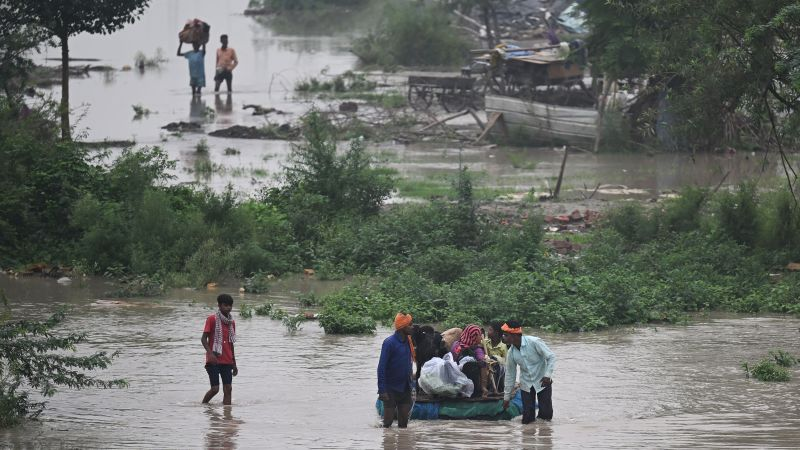Severe weather has claimed the lives of six people in the northeastern Indian state of Sikkim, where heavy rains have led to flash floods and landslides, as reported by officials on Friday. The natural disaster has also resulted in five others missing and significant disruption to infrastructure.
The torrential rains caused the Teesta River to overflow, leading to widespread damage across the state, which lies in the Himalayan foothills and shares a border with China. This region, popular among Indian tourists for its scenic beauty, is now grappling with the aftermath of the floods.
Gopinath Raha, a senior state government official, reported that the floodwaters had washed away several roads and bridges, stranding over 1,500 individuals. “The water level of the Teesta River surged past the danger mark on Thursday morning, causing severe damage on the roads and disrupting traffic,” Raha told AFP.
He added that more than 100 vehicles were stranded at various locations in the northern part of Sikkim, exacerbating the chaos and making rescue efforts more challenging.
The impact of the floods has been particularly severe in Mangan district. Sonam Dichu, the district’s police superintendent, described parts of northern Sikkim as being “cut off from the rest of the country.” He noted that numerous houses had been washed away in the floodwaters.
Efforts are underway to assist those affected. Sikkim’s state disaster management agency is coordinating rescue operations, though these efforts are being hampered by damage to the local mobile phone network, complicating communication and coordination.
Sikkim’s Chief Minister Prem Singh Tamang has pledged full support to the victims and their families, stating that the state government is working diligently to provide relief and support.
This disaster follows a similar incident last year when flash floods triggered by a glacial lake bursting its banks caused extensive damage to roads and bridges across the state. The recurring nature of such events underscores the region’s vulnerability to severe weather and the ongoing need for effective disaster preparedness and infrastructure resilience.








